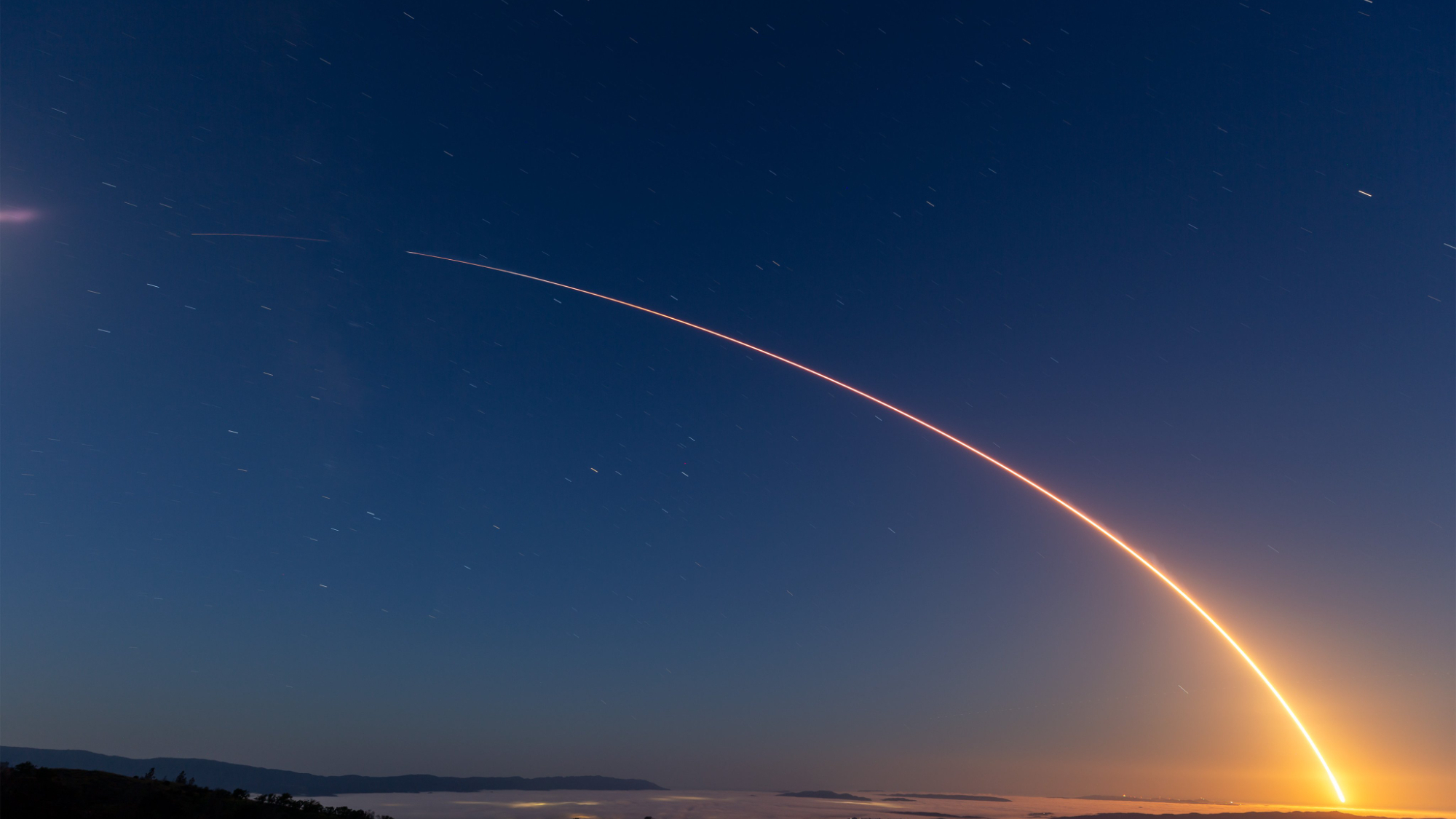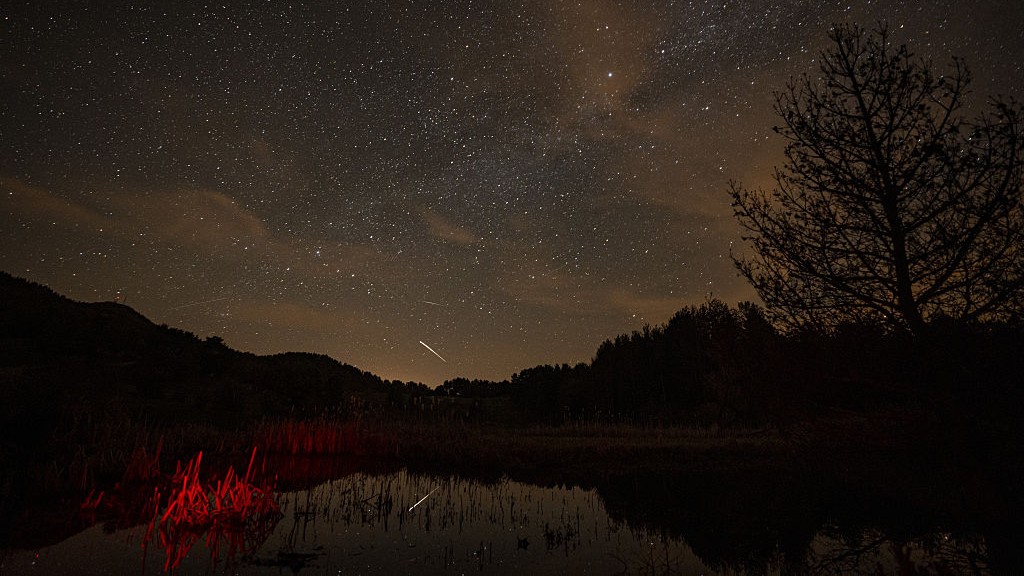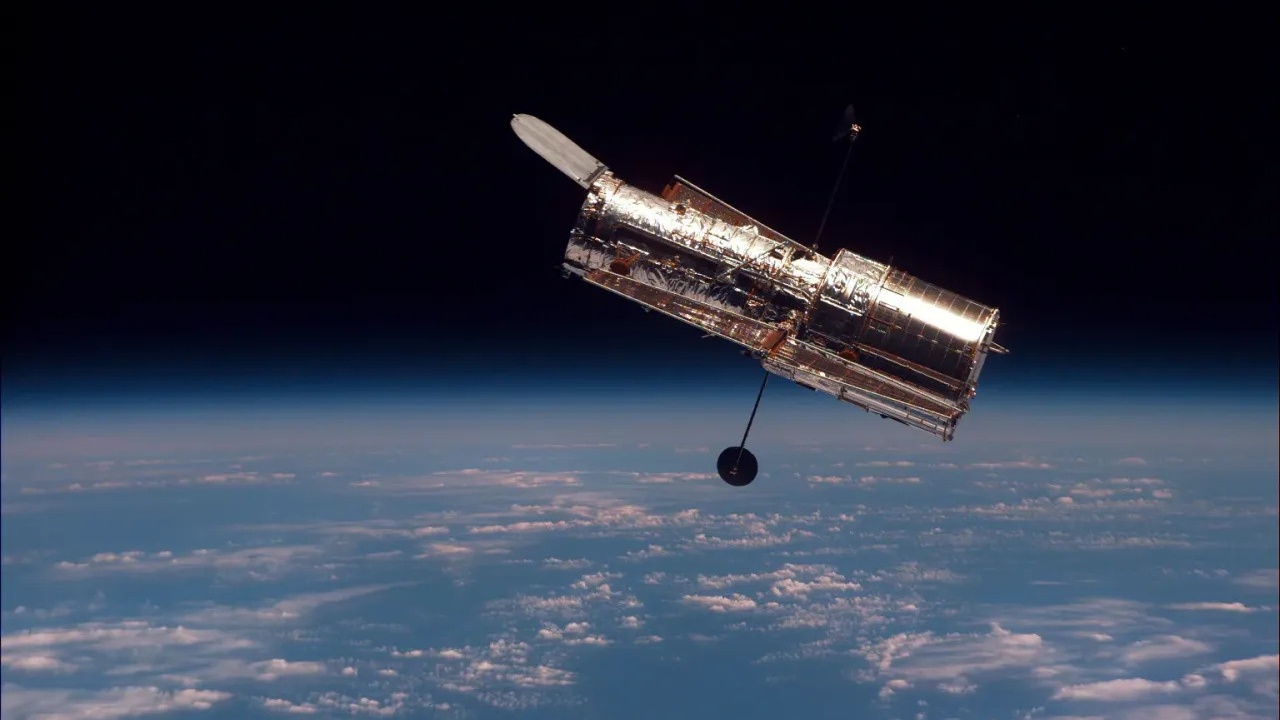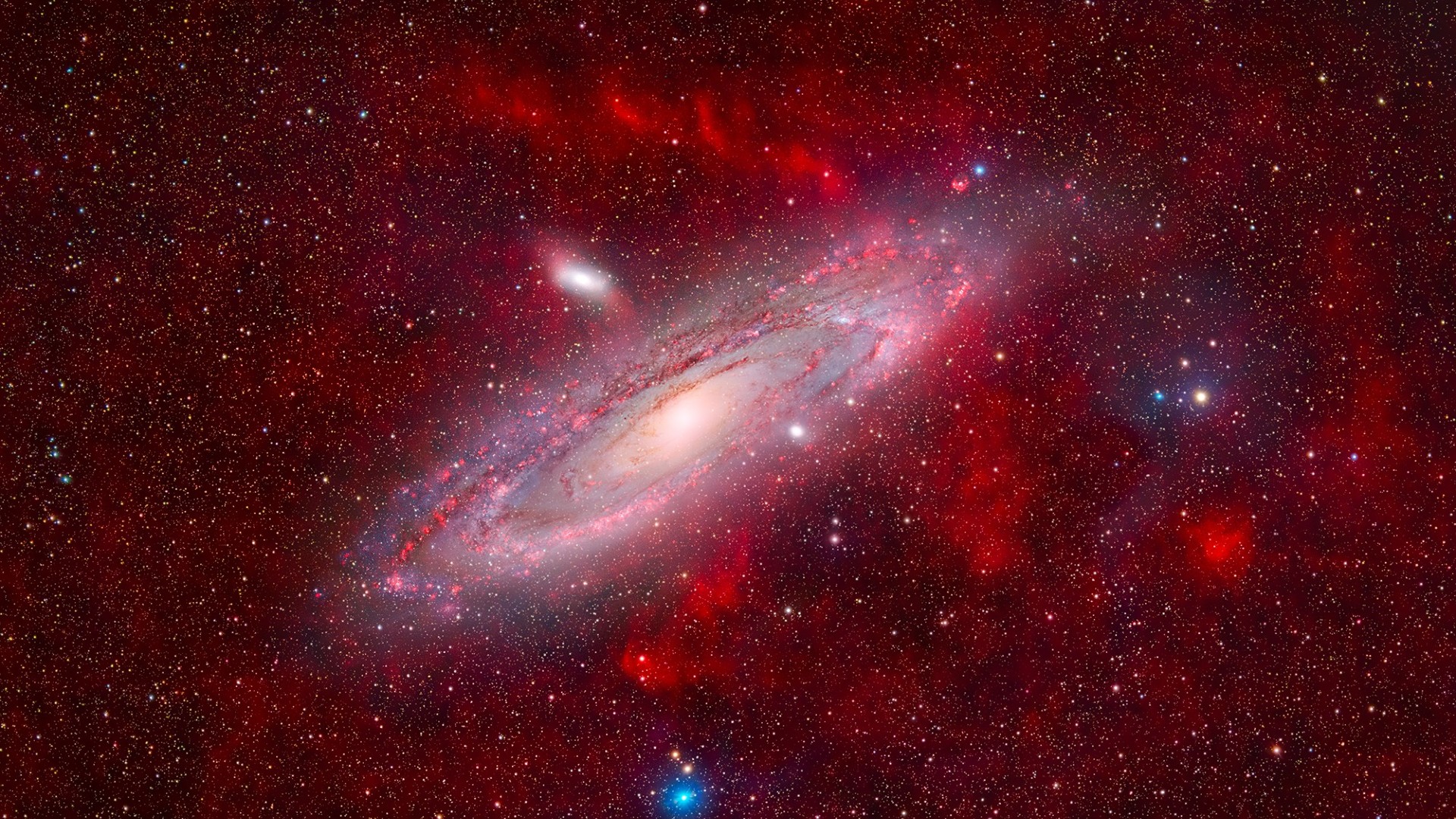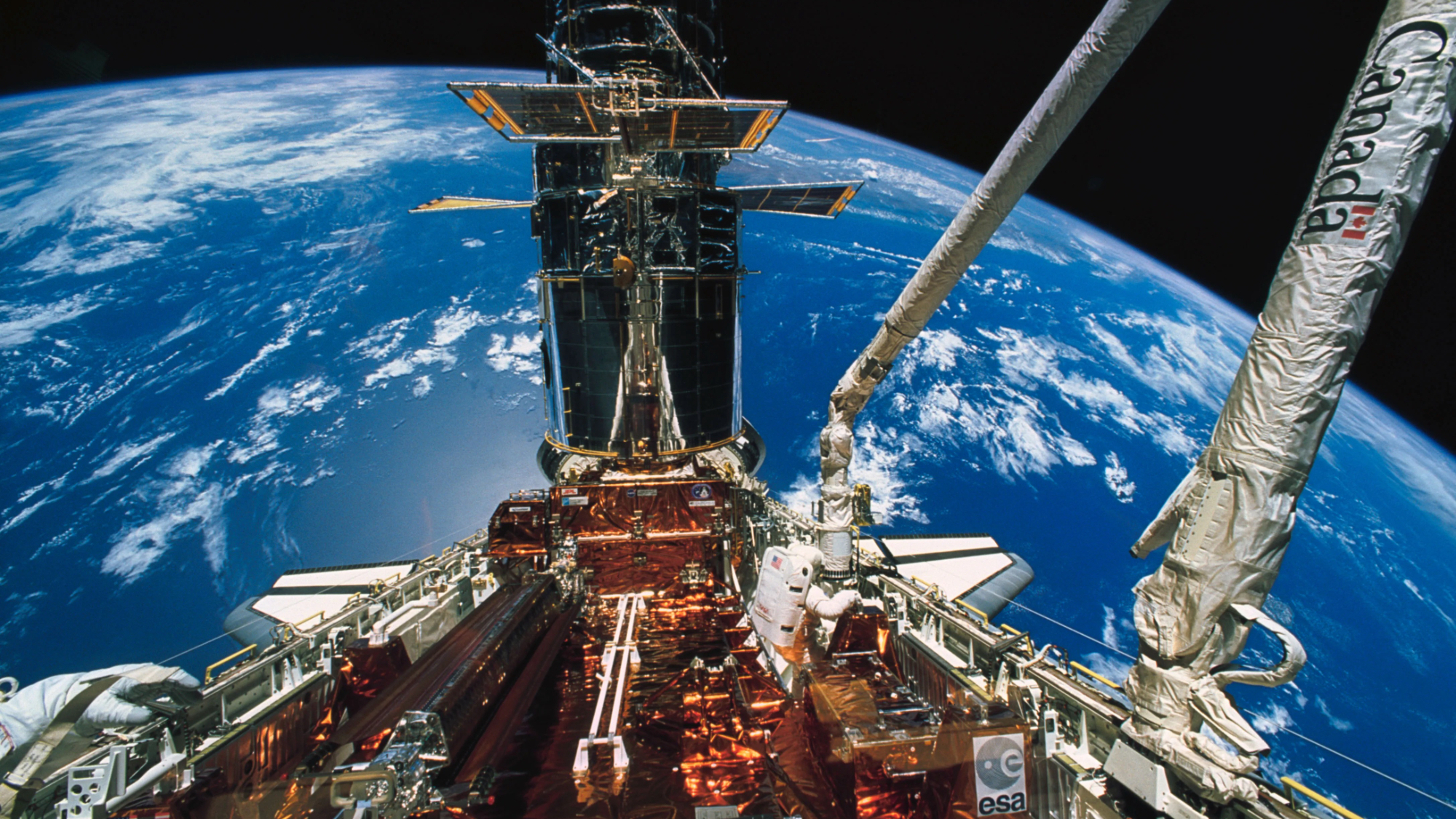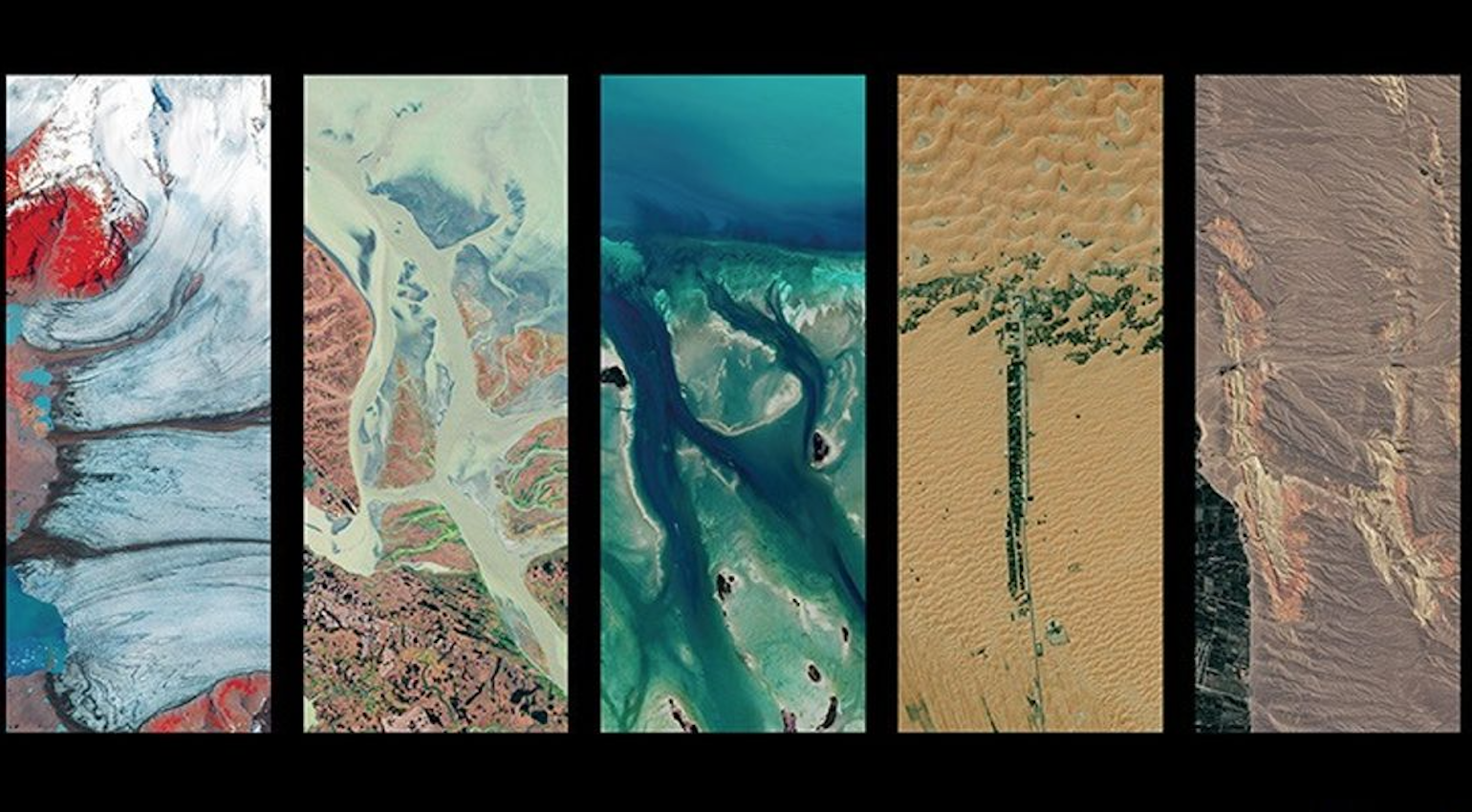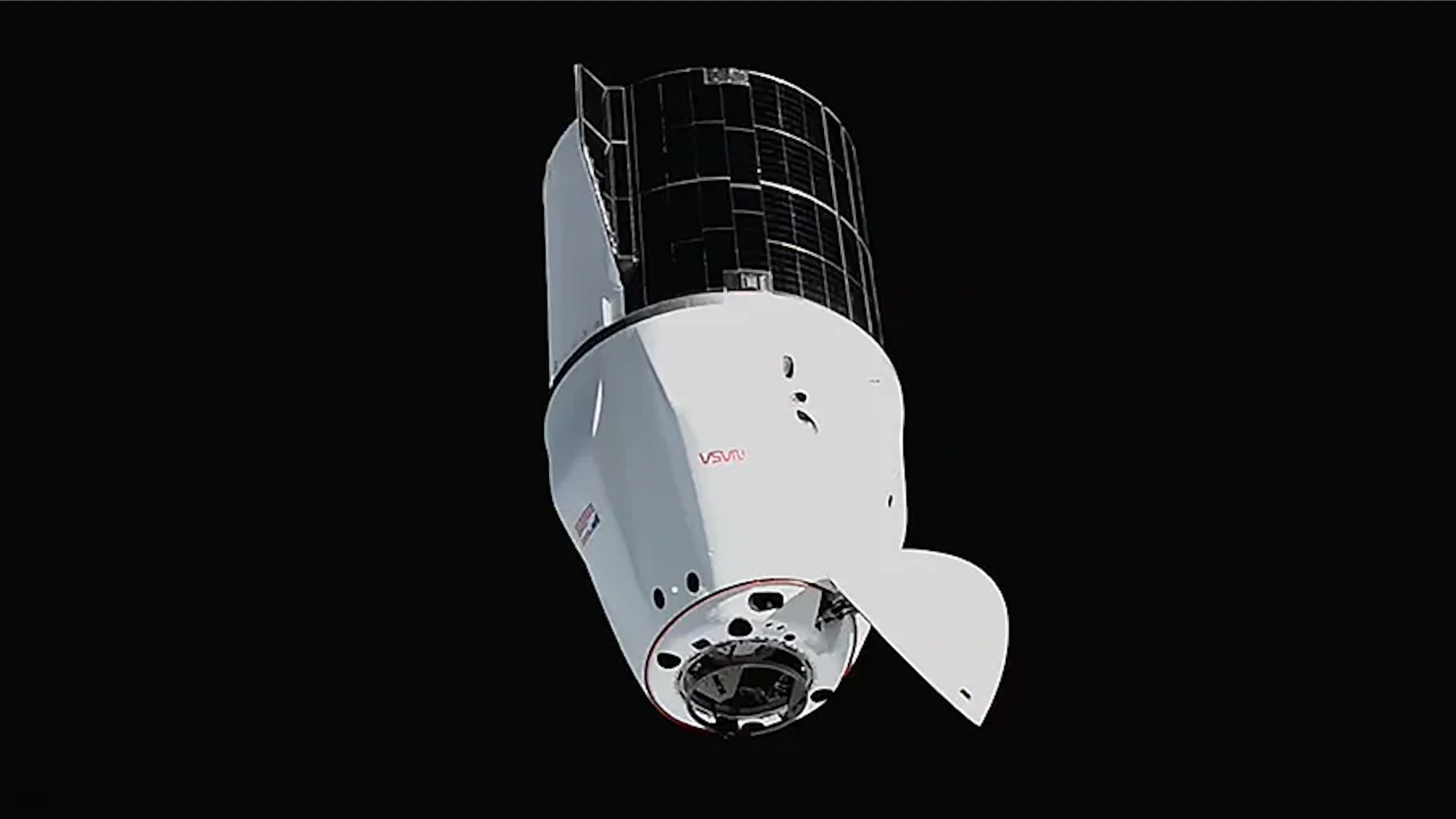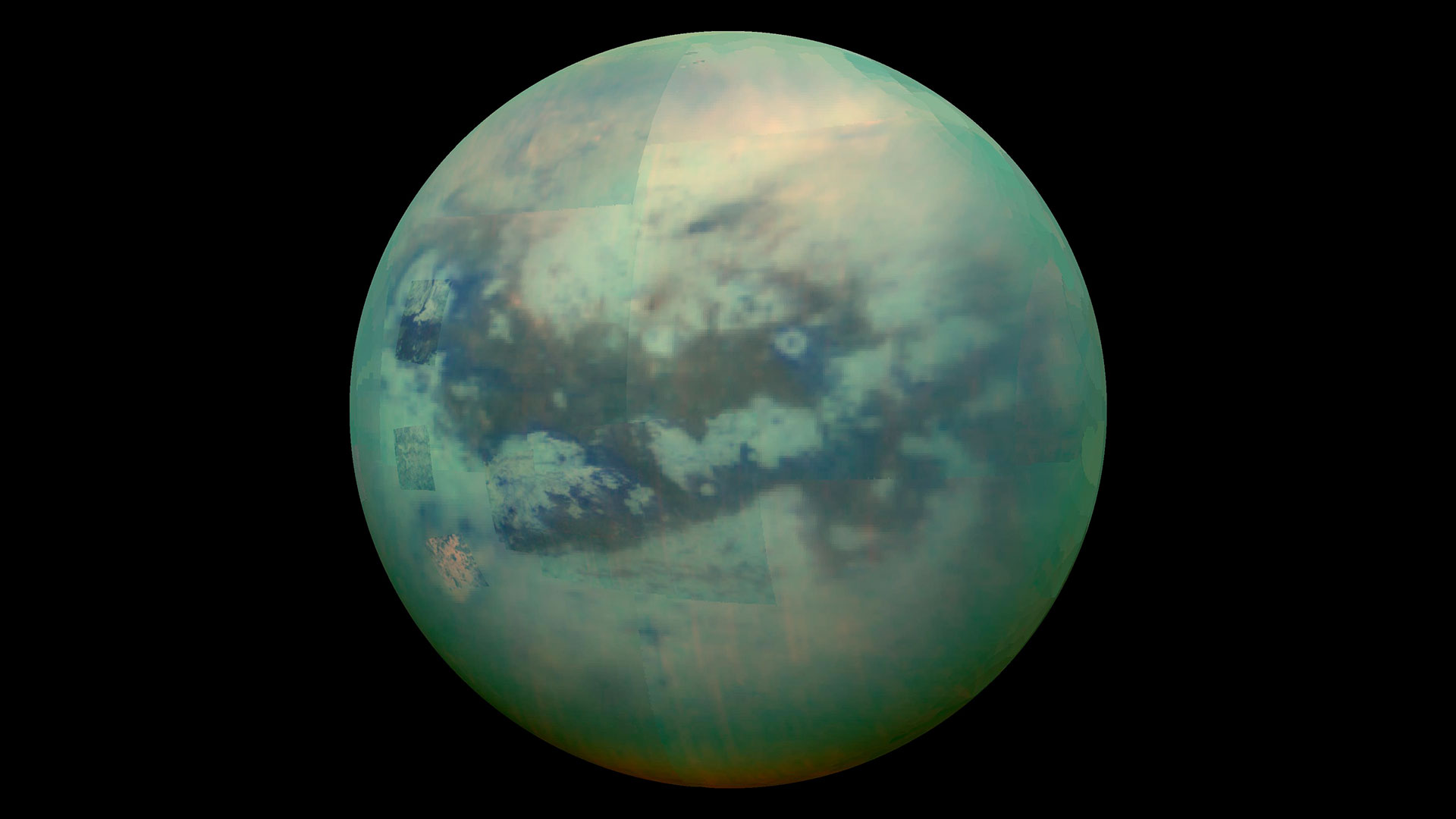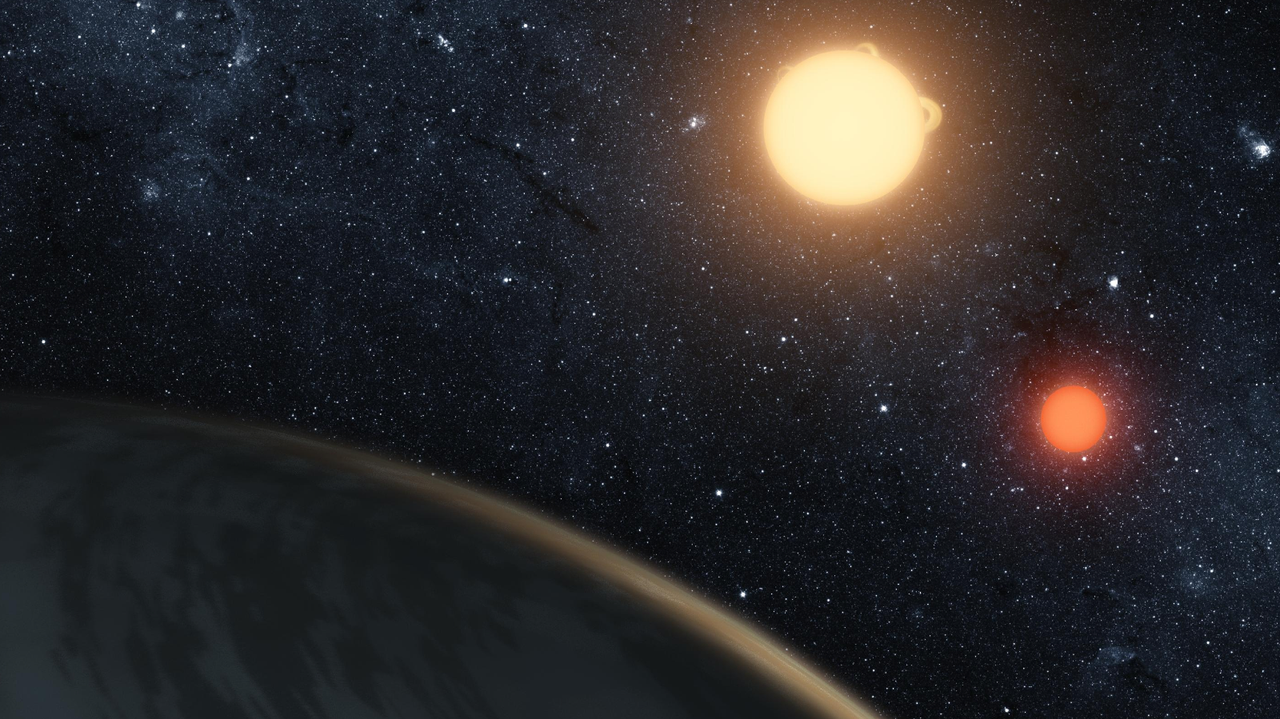
It's no secret that science fiction writers are fond of rooting their imagined alien lifeforms on theoretical desert planets. These arid worlds have dominated the big screen in major blockbuster franchises like "Dune" and "Star Wars," the former of which is famous for its setting where deadly sandworms lurk beneath the surface. Unfortunately, however, fans hoping for such signs of life on desert worlds will probably be disappointed — at least, that's according to recent research conducted by NASA.
The barren, parched landscape of Arrakis, where the central plot of "Dune" takes place, is teeming with thousands of deadly sandworms that live in the desert. However, even on desert planets in so-called habitable zones around their stars — where scientists predict extraterrestrial species could have evolved because it isn't too hot nor too cold for a world to host some liquid water — life is unlikely to survive.
That's because of the violent ways in which these planets lose the bulk of their water, according to scientists presenting their preliminary findings at the American Geophysical Union's 2024 annual conference (a peer-reviewed paper about the crew's conclusions hasn't yet been published).
The science team with NASA's Habitable Worlds Observatory project, which is aimed at looking for signs of alien life in distant solar systems, suggested that planets considered habitable are likely to need water on their surface for the classic reasons — but also for some you may not expect. For example, the team discovered that water plays a key role in stopping a planet's temperature from fluctuating. Life on Earth generally requires a relatively stable temperature in order to survive, so that'd likely be the case on other worlds if the life that exists there is similar to life as we know it.
"These arid, dry planets, with significantly less than one Earth's ocean of water may be common throughout the universe," Haskelle Trigue White-Gianella, a Ph.D. student at the University of Washington who ran computer simulations tracking the evolution of desert planets, said during the talk. "We found that there is a threshold of water needed to maintain a stable climate … Even if a planet is in the habitable zone, if it has too small a water inventory, it transitions to an uninhabitable state."
The water conundrum
Planets like Earth with large amounts of water tend to remain stable, climate-wise, for around 4.5 billion years, the research team concluded. However, planets with small amounts of water seem to eventually lose that water and become unstable, the scientists said. And finally, they explained that planets with less than 10% of their surface covered by water are particularly at risk.
Most hot planets with some surface water also have rain clouds which help to regulate the amount of carbon dioxide in the atmosphere, thereby cooling it. Losing such water content can lead to a breakdown in the carbon cycle, where silicate weathering stops removing carbon dioxide from the atmosphere, and the planet experiences runaway climate change — the same process thought to have occurred on Venus, which may once have been habitable.
Get the Space.com Newsletter
Breaking space news, the latest updates on rocket launches, skywatching events and more!
Scientists believe that Venus' oceans boiled away as solar activity intensified, warming the planet as the evaporating water acted as a powerful greenhouse gas. If other potentially habitable desert worlds lost their water in the same way Venus did, it's unlikely that any life could have survived on those planets. The Jawas and Tusken Raiders from "Star Wars", for example, wouldn't have been able to evolve on the sand-covered Tatooine (perhaps unless they arrived after it had already turned into a desert world, then figured out how to adapt).
However, to reiterate, our predictions about what extraterrestrial life may look like are based on our own understanding of evolution on Earth — and we still don't fully understand the process by which planets become more desert-like. Mars has dune fields around its "green crater," but it is generally not a sandy planet, for instance, and Saturn's moon Titan is covered in dark sands made from organic matter. NASA hopes to learn more about the latter with its "Dragonfly" mission scheduled for 2028 — but, as of now, its intricacies remain a mystery.
The science of Dune
We're told in "Dune" that Arakkis orbits a short-lived star called Canopus (Alpha Carinae) approximately 310 light-years from Earth. Bright giant stars like Canopus usually only last a few hundred millions of years before burning out, whereas it took life on Earth around 800 million years to evolve, making the prospect of life evolving around Canopus unlikely.
Further into the novels, we learn that the sandworms (minor spoiler warning) are an invasive species introduced as plankton that later evolve into what the characters call "sandtrout," which eventually cause the collapse of the biosphere. When they become fully-grown sandworms, they trap the planet's water underground, turning the surface of Arrakis into a desert creating the "spice melange’" that enables space travel in the series.
In "The Science of Dune," a book laying out the science for how life could survive and evolve on a planet like Arrakis, planetary physicist Kevin Grazier speculates that the sandtrout do not produce the spice melange themselves, but instead tend to a fungus deep underground that produces it — maintaining it in a symbiotic relationship, in a similar way to how leafcutter ants cultivate fungi for food. This would also explain the hallucinogenic properties of spice melange, he argues.
From Children of Dune, Frank Herbert's third novel in the series, it’s understood that the sandworms are not native, but were brought to Arrakis from another planet — though it's not stated whether this was accidental or intended. If the process of terraforming is similar to what happens when observable exoplanets lose their water, then NASA’s work suggests that no living creature would survive — but we aren't told enough about the origin of the sandworms, like whether they're naturally occurring or genetically engineered, to know for sure.
George Lucas doesn't have that excuse, though, for Tatooine — the desert homeworld of Luke Skywalker and main location in the series. The planet is home to native inhabitants such as the womp rat, the bantha, the sarlacc, and the krayt dragon, creatures that probably wouldn't have survived the desertification process that NASA identified.
"To conclude, [these types of] sci-fi fiction worlds are probably not real," said White-Gianella. "So I'm sorry to those fans."
Join our Space Forums to keep talking space on the latest missions, night sky and more! And if you have a news tip, correction or comment, let us know at: community@space.com.
Tom Brown is a freelance science writer living in New York whose work has appeared in the Guardian and Al Jazeera. He is the recipient of the Covering Climate Now Award, the AGU Data Visualization Award and the Silver Fetisov Journalism Award for Excellence in Environmental Journalism. He graduated from the University of East Anglia's Creative Writing and English Literature course and published his debut science-fiction short story collection The Oblivious Pool with Austin Macauley Publishers in 2022.
-
UAP Is life only present under its particles speeding less than speed of light? Aren't we made of "fields" (Higgs is one of them) before mass takes place?Reply -
nickm I know this is fiction but here is my understanding. I am unfamiliar with dune, but as for tatooine, it was once far more earthlike, with liquid water oceans, which is the environment in which life would have evolved there. There was some kind of ecological disaster there, not a natural disaster, by some accounts caused thousands of years before the events of the movies by the fall of a society called the rakata. It lead to a mass extinction event which very few species survived. As far as I know, there are six species that may be indigenous to tatooine, the Krayt Dragon, the Saarlac, the Jawas, the Tuskens, a species of black desert melon that live under the sand, and an unnamed many limbed large and mostly subterranean predator that can be seen in the show The Book of Boba Fett. The bantha may be native though I doubt it. All are adapted to desert life and are very hearty. Several spend much of their life under the surface of the sand or in caves to protect them from the very harsh environmentReply -
Turnt Reply
My understanding is our world has been a desert world a few times in the past. Specifically the time after the K2 impact that killed the dinosaurs, but I believe there were other times as well. Yes I do believe that had that climate continue it would have killed everything eventually, but I guess we shall see what they find on MarsAdmin said:"Even if a planet is in the habitable zone, if it has too small a water inventory, it transitions to an uninhabitable state."
Desert planets like those in 'Dune' and 'Star Wars' unlikely to host life, NASA says : Read more

